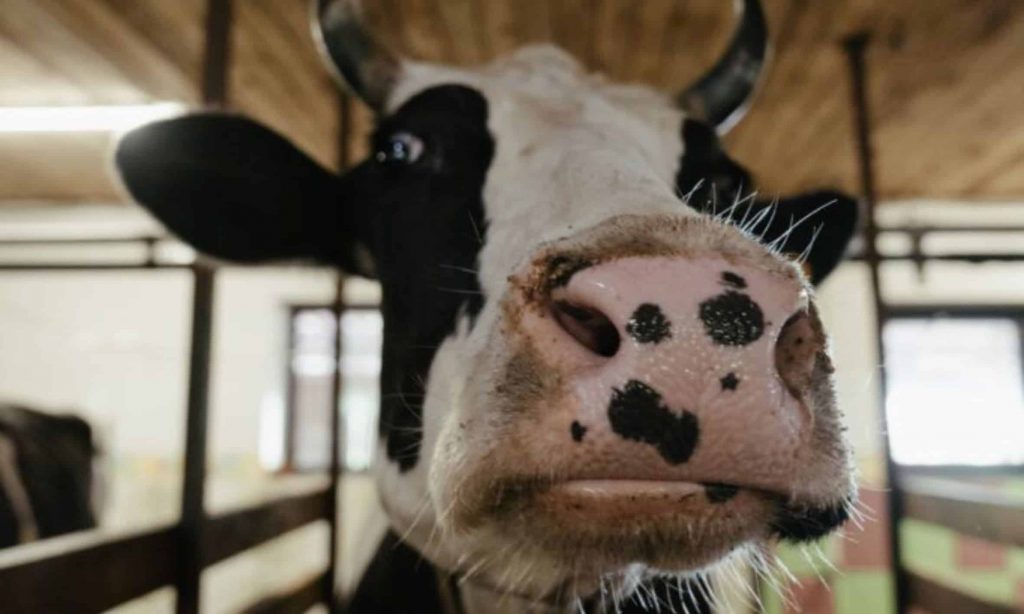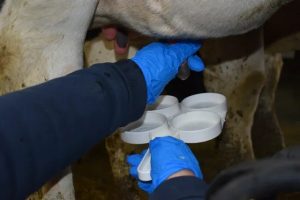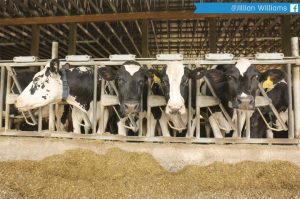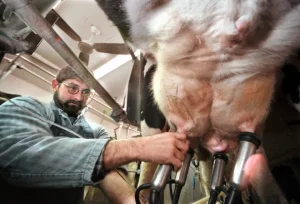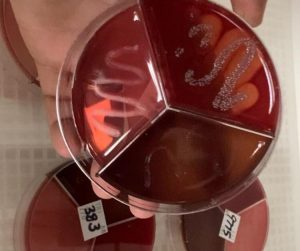
It appears that dairy producers tend to overmedicate cows diagnosed with non-severe cases of clinical mastitis, leading to increased farm expenses and loss of milk production.
Pamela Ruegg, the David J. Ellis Chair in Antimicrobial Resistance and a professor in the Department of Large Animal Clinical Sciences, estimates that direct treatment costs could be significantly reduced by $65.20 per case if minimum labeled treatment durations were followed. She asserts that this approach provides the same health outcomes as the current practices. Notably, mastitis costs the U.S. dairy industry approximately $110 per cow per year, with this figure continually on the rise.
Understanding mastitis
Mastitis, an inflammatory condition affecting the mammary glands in a cow’s udder, is typically caused by bacterial infections, resulting in reduced milk quantity and quality. During antibiotic treatment, milk produced by the cow must be discarded, along with the milk generated during the withholding period after treatment, which typically lasts three to four days post-treatment.
Published in the Journal of Dairy Science, Ruegg’s study examined non-severe clinical mastitis cases among around 50,000 cows on 37 commercial dairy farms in Wisconsin. Her findings indicate that milk disposal due to antibiotic treatment accounts for at least 53% and potentially up to 80% of the total direct costs for each day of treatment.
In essence, Ruegg’s research emphasizes the significance of adhering to the minimum labeled treatment durations for mastitis treatment drugs, particularly in routine cases. Doing so could lead to substantial savings for dairy farms while maintaining both animal and human health. Ruegg stated, “Our work indicates that we need to take a hard look at duration of treatment, and unless you can justify improved clinical outcomes, we should treat using the minimum duration listed on product labels, and for shorter durations. With that, there’s both a financial savings for the producer, and there’s a human health benefit because we’re putting fewer antimicrobials into our ecosystems. There are benefits for society, and guess what? You’ll have the same outcomes.”
Opportunities are endless
This opportunity for cost savings and recovering revenue from reduced milk disposal is crucial for dairy producers, who are already grappling with significant financial challenges. U.S. dairy producers are contending with federal milk pricing regulations and the lingering economic effects of the pandemic, resulting in average losses of over $6 per hundredweight (a unit of milk sales) for farms with more than 50 cows.
Unfortunately, mastitis remains a persistent issue within the industry. Ruegg noted, “The proportion of cows with clinical mastitis isn’t going down. At best, it’s stable, and at worst, it’s increasing, probably because of environmental pathogens that tend to cause larger inflammatory responses.”
The financial burden of mastitis continues to grow, with Ruegg pointing out that treatment protocols cost about 40% more today than they did in 1984 due to the increased milk production in cows. Despite FDA-approved labeled durations of treatment ranging from one to eight days, farmers typically treat for five days based on the visual appearance of abnormal milk. However, Ruegg’s research highlights that milk appearance changes are primarily due to inflammation and do not predict important outcomes such as the presence of bacteria or recurrence of infection, making prolonged treatment unnecessary.
